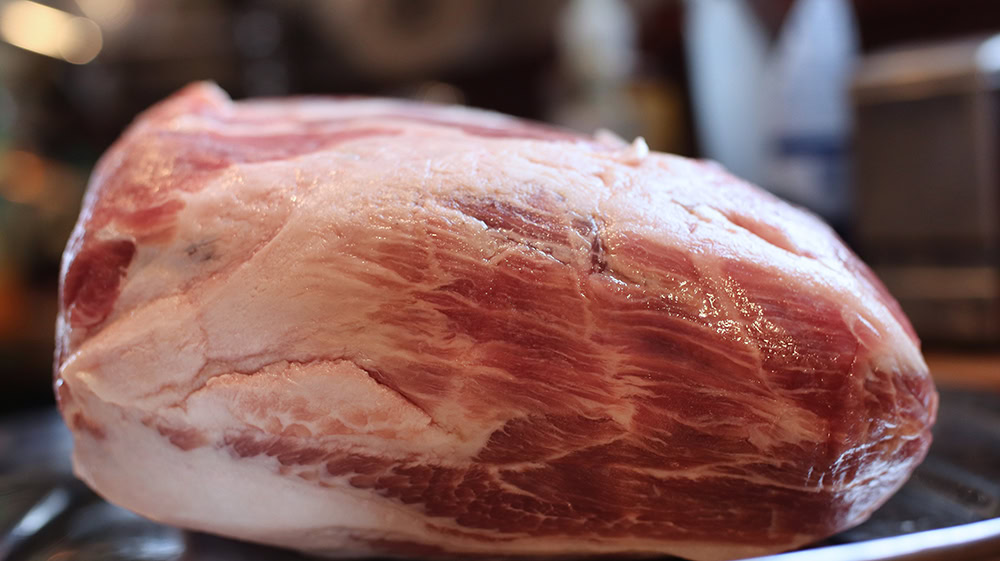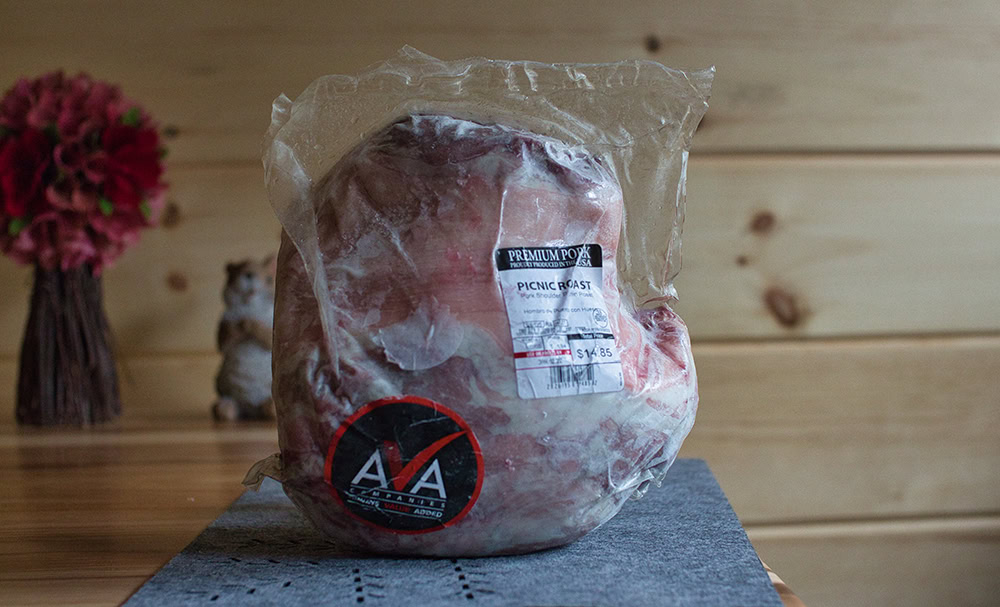Pulled Pork is Always Cheaper and Feeds More People
In every case, pulled pork is cheaper than brisket.
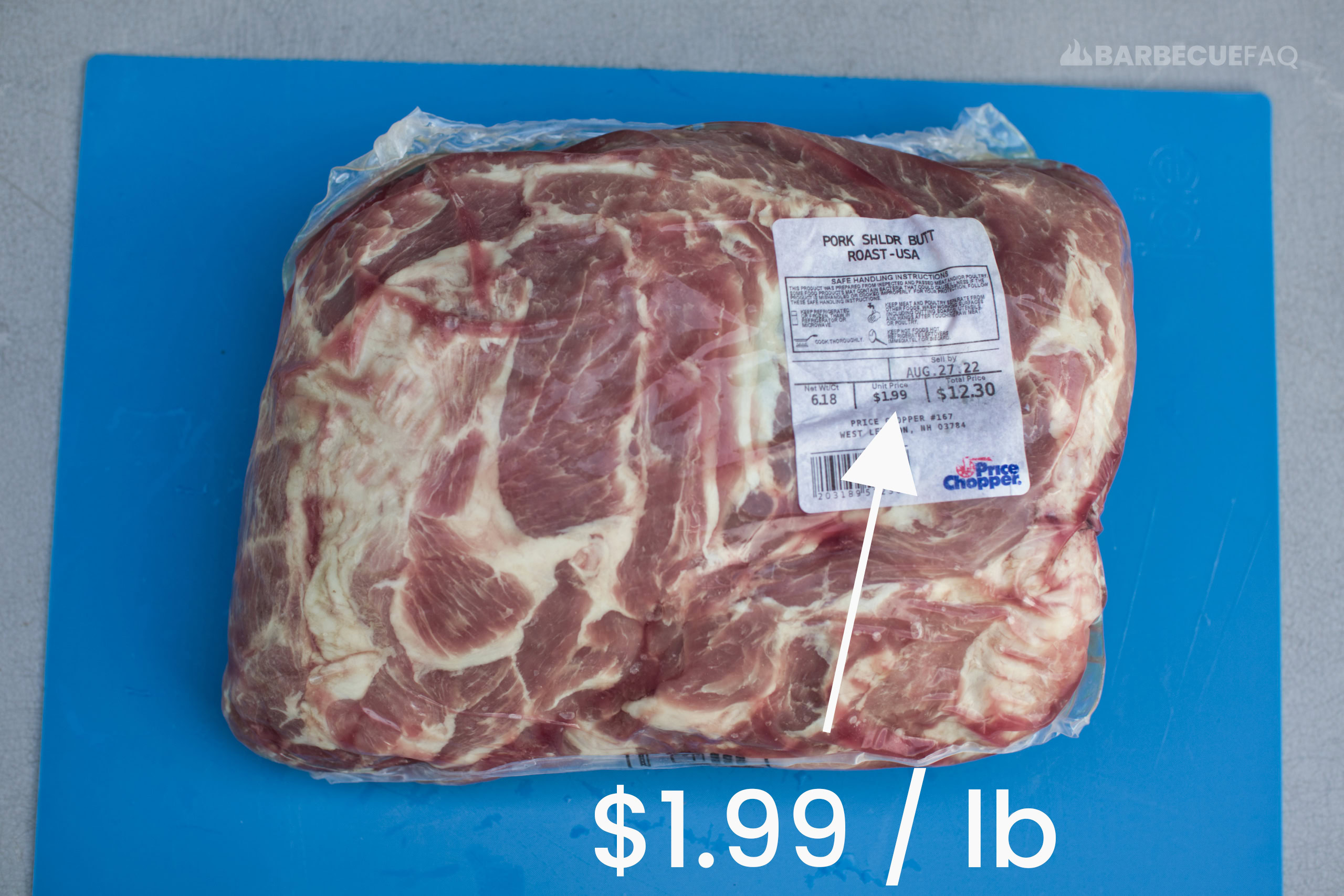
Meaning, you can feed way more people with pulled pork than you ever could with brisket.
- On average, you can expect to pay around $0.99 – $1.99 per pound for pork butt.
- On average, you can expect to pay around $3.98 – $4.98 per pound for beef brisket.
Both are also similar in terms of yield; Brisket and Boston butt will typically have a 50-60% usable meat yield.
Brisket is Harder to Smoke than Pulled Pork
In just about every aspect of the process too.
Whether it’s:
- selecting the meat,
- trimming the meat,
- smoking the meat,
- wrapping the meat,
- knowing when it’s tender
- etc.
It’s Really Hard to Choose a Bad Pork Butt
Beef is graded using the USDA grading system.
For all intents and purposes, you’ll want to work with at least a USDA Choice brisket.
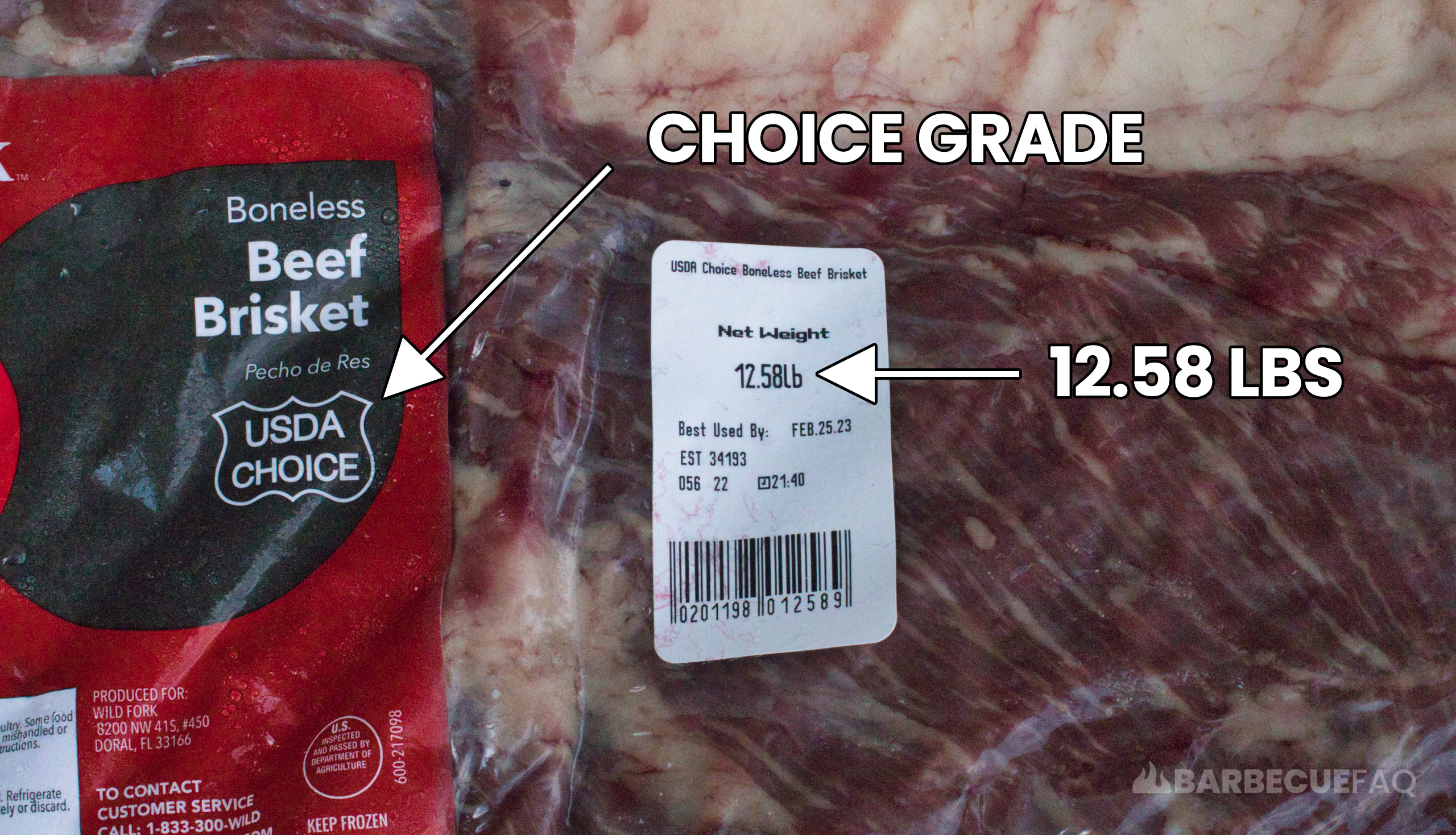
The main thing that separates USDA Grades is the marbling or the fat that’s dispersed throughout the lean meat.
With pork butt, there is no grading system simply because:
“…it is generally produced from young animals that have been bred and fed to produce more uniformly tender meat.”
USDA.gov
The only thing that actually matters is the weight of the meat. Beyond that, some folks like boneless pork butts while others prefer bone-in pork butts.
Some people like to leave the fat cap on, others completely remove it; Some score it, etc.
With brisket, aside from using USDA Choice grade or higher, I also look for things like:
- A trimmable fat cap – I avoid trimmed or super trimmed briskets
- An even-ish flat muscle
- Avoid shoddy butcher work like gouges in the lean meat
- A packer brisket – meaning you get both muscles
Trimming Brisket Can be a Nuanced Process for People Who do it
Brisket trimming is to the point where the barbecue world has created their own nomenclature for the different parts of the brisket itself.
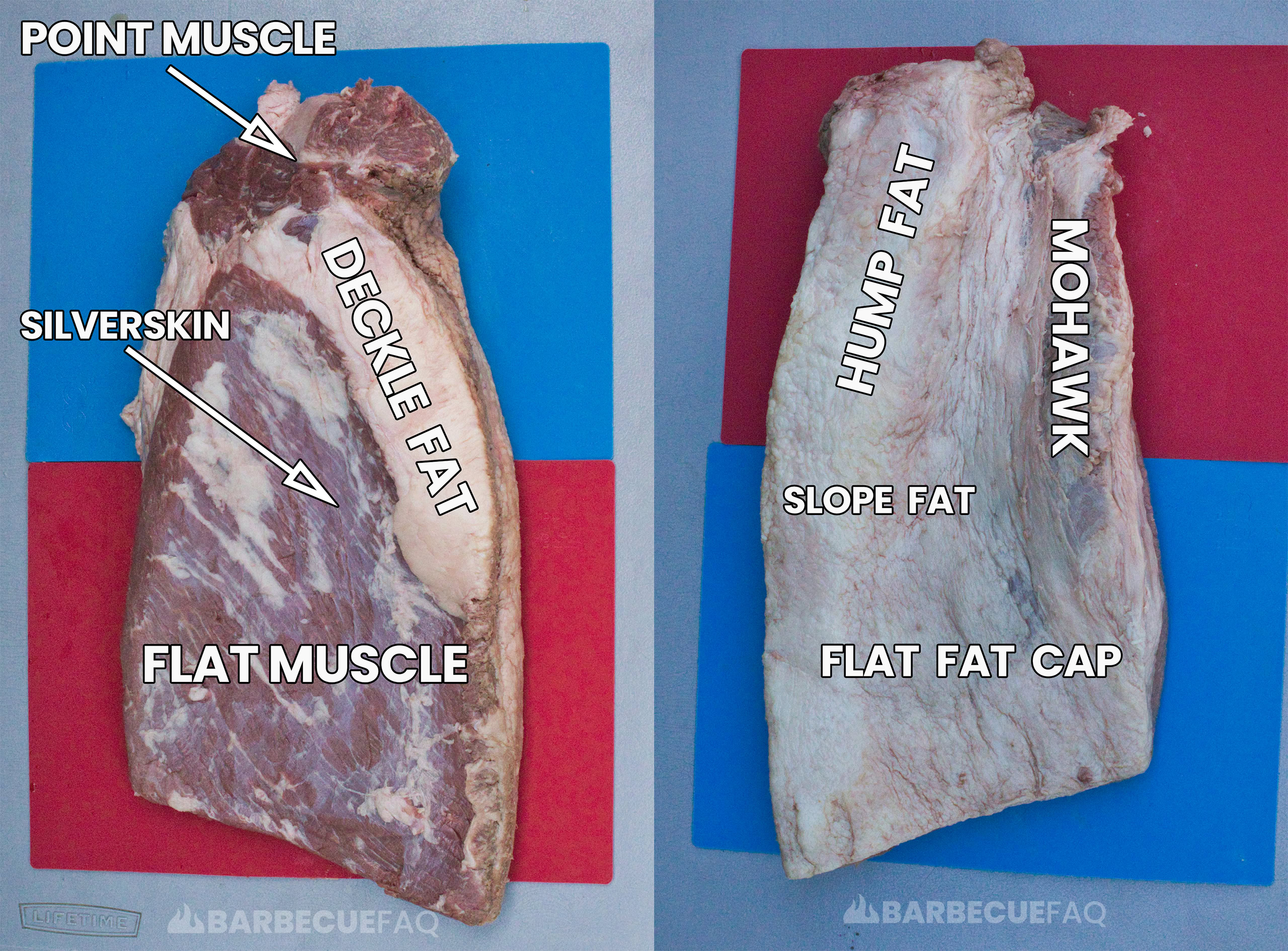
I’d suggest checking out my trimming guide here.
Essentially the goal with trimming brisket is to maximize edible meat by making sure nothing burns and that the fat renders better.
With pork butt, there is minimal effort – if any – required for trimming.
Personally, I don’t tend to do any trimming at all. Sometimes I’ll remove the false fat cap but nothing else beyond that.
Some folks opt to completely remove the fat cap too.
The reason this is possible is because there is so much intramuscular fat that the fat cap isn’t necessary for “shielding” the meat like with brisket.
How are they Typically Served?
Pulled pork is typically served on a bun and topped with something like a thin vinegar-based finishing sauce.
Depending on where you’re from, a mustard-based sauce may also be used.
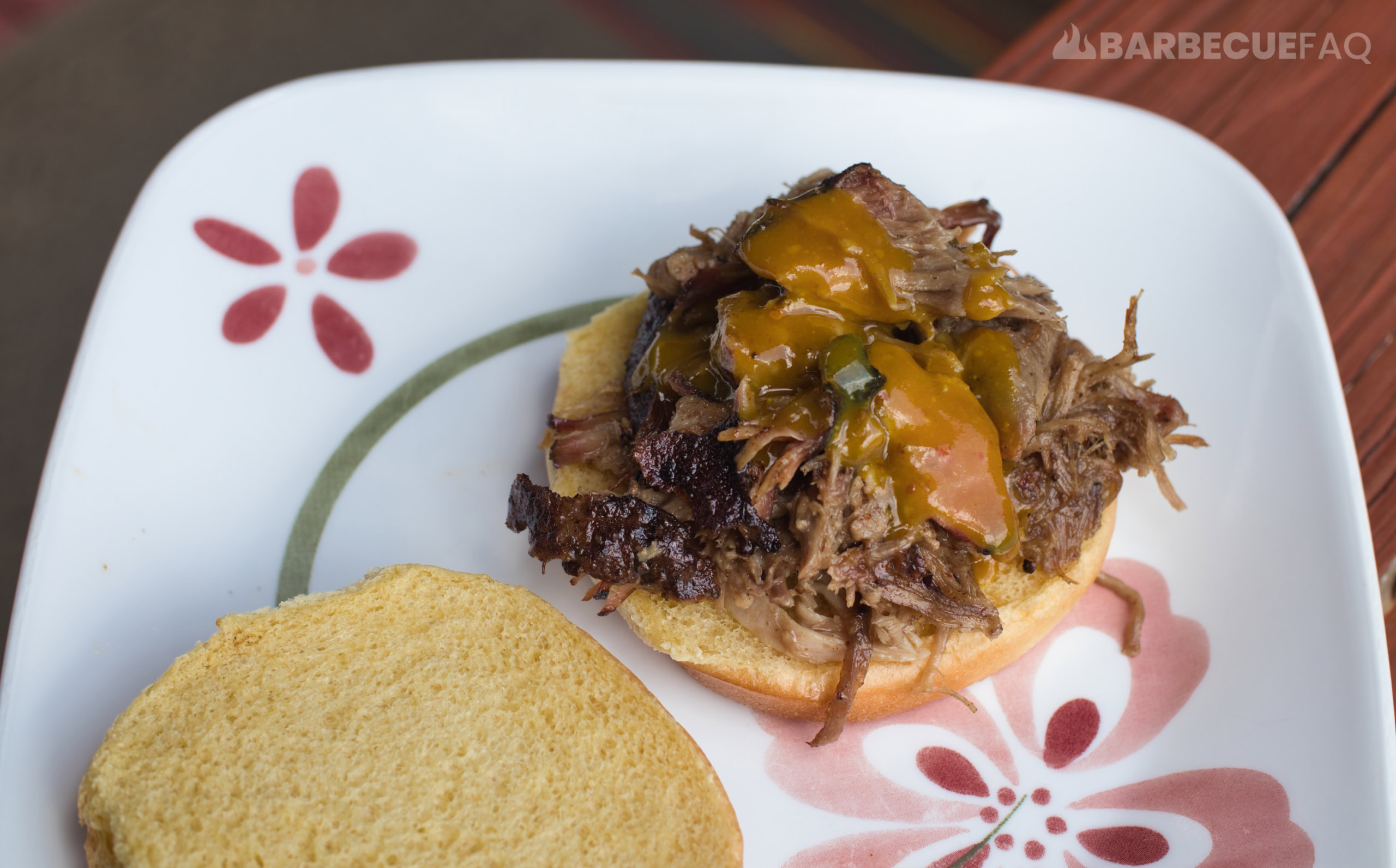
The sandwich could feature any number of things like a traditional coleslaw, pickled red onions, pickles, etc.
Aside from a sandwich, pulled pork can be used on top of nachos, tacos, mac and cheese, BBQ pizza, or even eaten on its own.
Brisket – both the point and the flat – are sliced against the grain and served as slices.
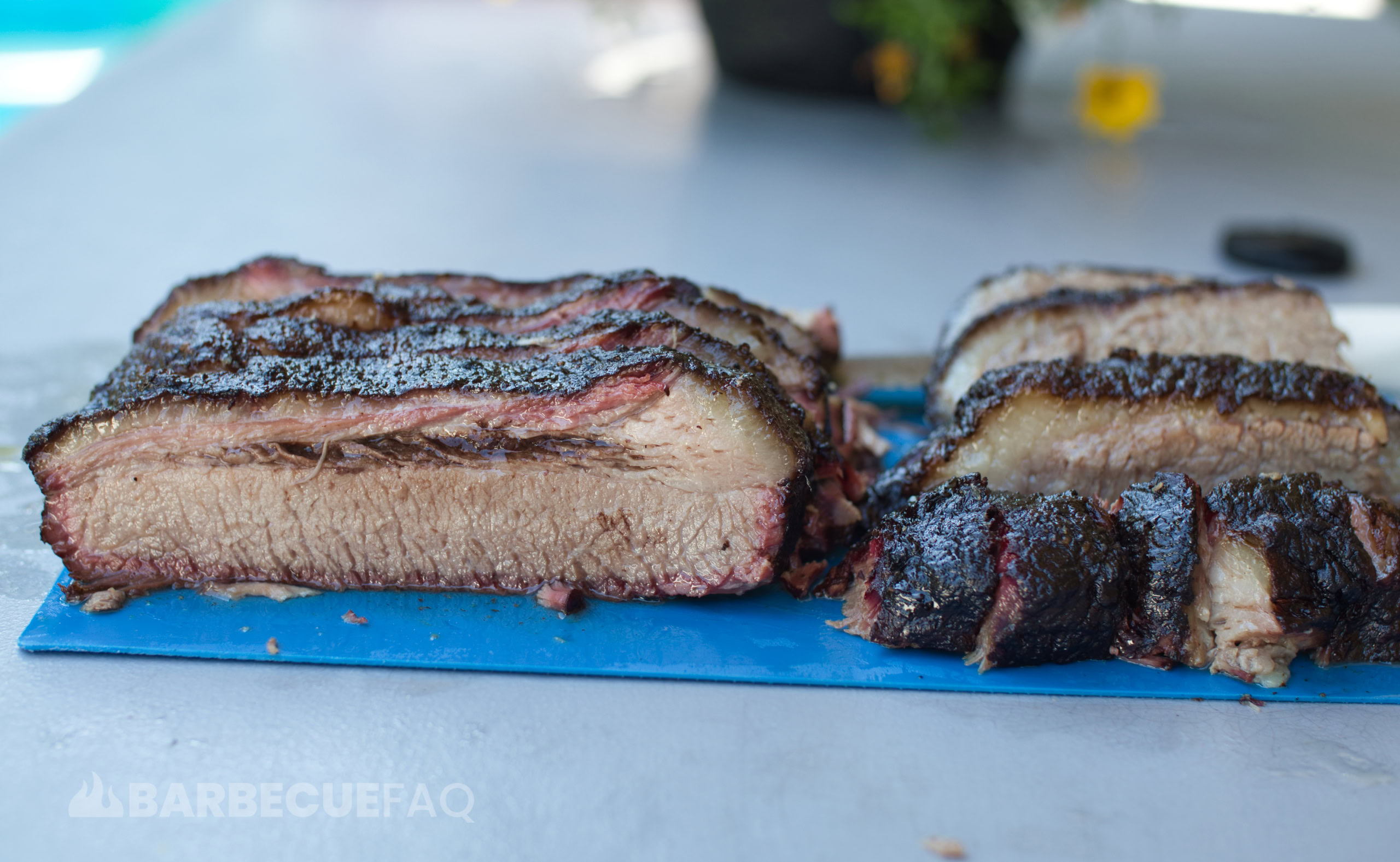
At a barbecue restaurant you’re usually given several pieces of white bread to eat the brisket slices with.
You can also simply eat brisket as it is in slice form or served over rice.
Brisket point can also be made entirely into “burnt ends.”
Some folks even opt to separate the flat and the point in the middle of the cook (pictured below) and cube up the point into small squares.
Burnt ends are the best part of the entire brisket. When smoked whole you only get two sides from the point muscle to make into burnt ends.
Picturedelow:

I’ve also seen brisket added to dishes like Mac and cheese, quesadillas, tacos, chili, beans, nachos, hash, chopped brisket sandwiches, etc.



